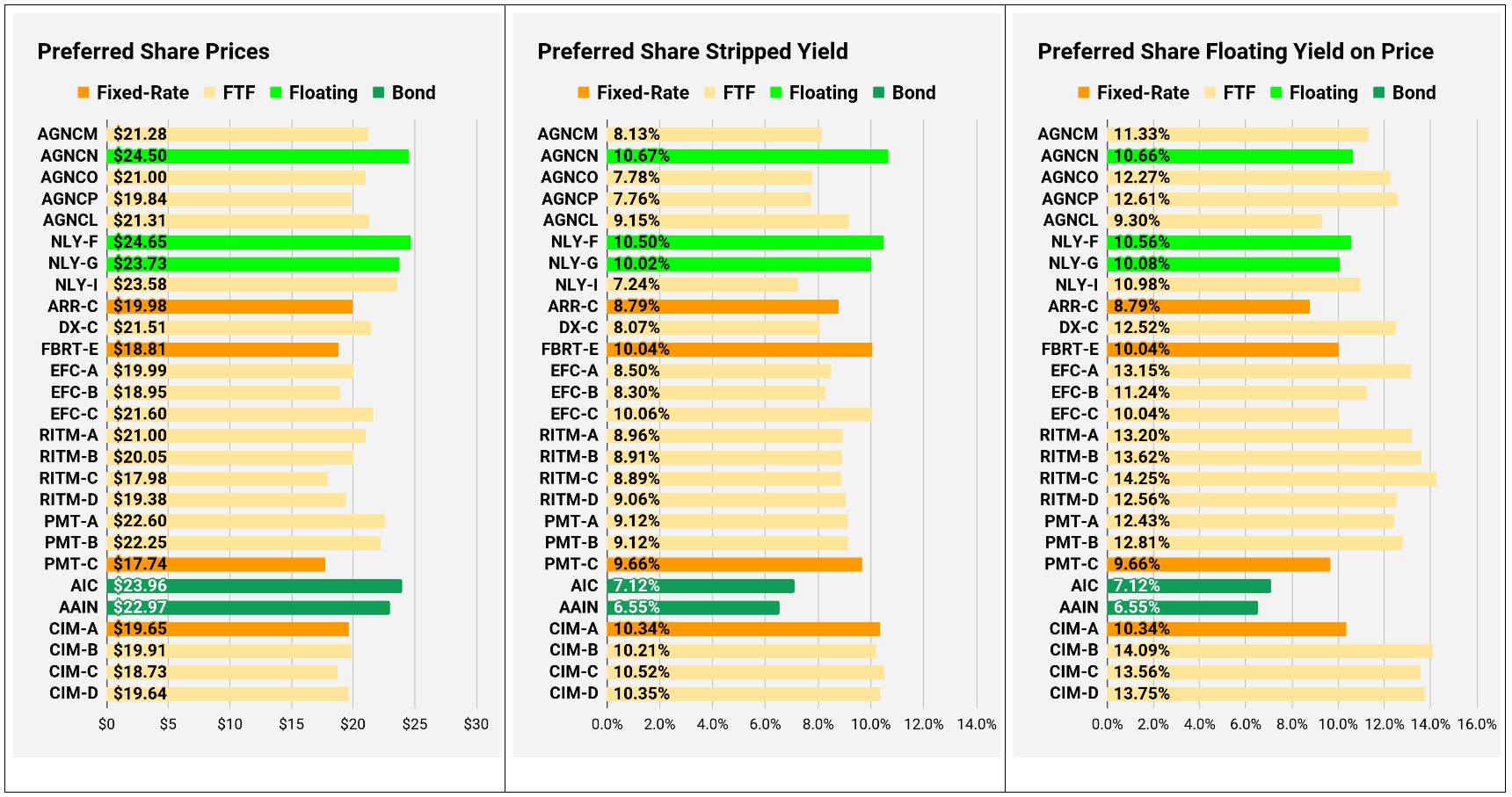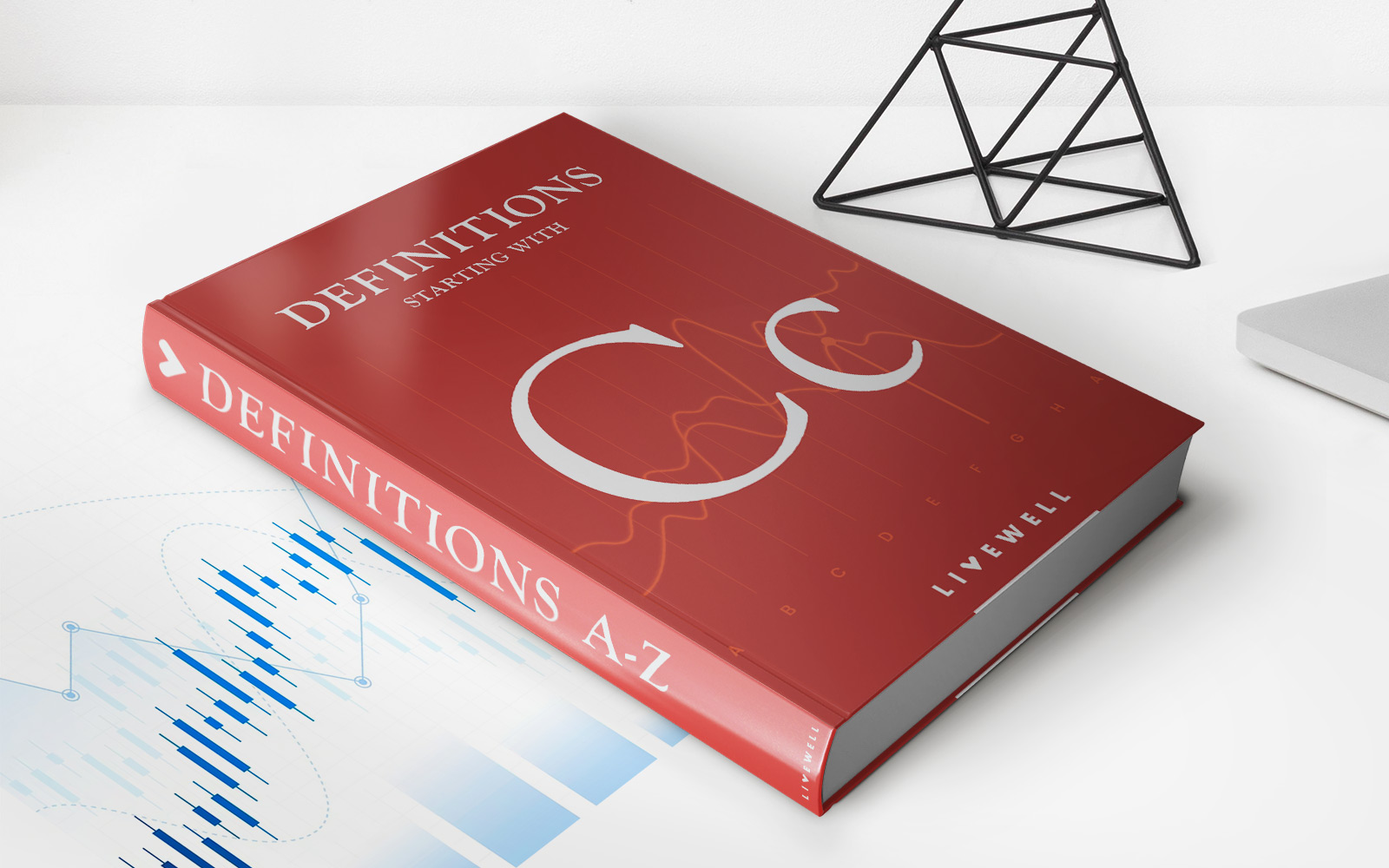

Finance
How Is A 401K Split In A Divorce
Published: October 17, 2023
Learn how a 401K is split during a divorce and navigate the financial implications. Get expert advice on managing your finances efficiently.
(Many of the links in this article redirect to a specific reviewed product. Your purchase of these products through affiliate links helps to generate commission for LiveWell, at no extra cost. Learn more)
Table of Contents
Introduction
Divorce is a challenging and often complex process, involving the division of assets and financial considerations. Among the many assets that need to be addressed during a divorce, a 401(k) is often one of the most significant. A 401(k) is a retirement savings plan offered by employers, allowing employees to contribute a portion of their salary on a pre-tax basis.
When a couple decides to divorce, the 401(k) becomes subject to division, along with other marital assets. Splitting a 401(k) in a divorce requires careful consideration and understanding of the legal and financial implications involved.
This article will provide an overview of how a 401(k) is typically split during a divorce, including the methods for determining the marital portion of the 401(k), the importance of a Qualified Domestic Relations Order (QDRO), the tax implications, and potential pitfalls to be aware of.
It is important to note that divorce laws vary by jurisdiction, and the specific rules and regulations regarding the division of a 401(k) may differ. It is always recommended to consult with a qualified family law attorney or financial advisor to navigate the process effectively.
Understanding 401K in a Divorce
A 401(k) is a retirement savings plan offered by employers to their employees. It allows individuals to contribute a portion of their salary on a pre-tax basis, allowing these contributions to grow tax-deferred until withdrawal during retirement. In the context of a divorce, a 401(k) is considered a marital asset, subject to division between the spouses.
When it comes to dividing a 401(k) in a divorce, it’s essential to understand the concept of marital property. In general, marital property includes assets acquired by either spouse during the course of the marriage. However, the treatment of a 401(k) as marital property can vary depending on the jurisdiction and the laws governing divorce.
In some jurisdictions, contributions made to a 401(k) during the marriage are considered marital property, regardless of whose name the account is in. This means that even if only one spouse contributed to the 401(k), it may still be subject to division. On the other hand, in other jurisdictions, only the portion of the 401(k) accrued during the marriage is considered marital property, while any contributions made before or after the marriage may be deemed separate property.
It is crucial to work with a qualified attorney or financial advisor who is familiar with the laws in your jurisdiction to determine how a 401(k) will be treated in your specific divorce case.
In addition to understanding how a 401(k) is classified in a divorce, it is important to know the value of the account. The value of a 401(k) can fluctuate based on several factors, including the performance of the underlying investments. To determine the value of a 401(k) for the purposes of division, it is recommended to obtain the most recent account statement or consult with a financial professional who can provide a fair and accurate valuation.
Determining the Marital Portion of the 401K
When dividing a 401(k) in a divorce, it is essential to identify and determine the marital portion of the account. The marital portion refers to the contributions and growth that occurred during the marriage and is subject to division between the spouses.
There are various methods used to calculate the marital portion of a 401(k), and it is important to understand which method is applicable in your jurisdiction. The two most commonly used methods include the “time-rule” method and the “coverture fraction” method.
The time-rule method divides the number of years the couple was married by the total number of years the employee participated in the 401(k) plan. The resulting percentage represents the marital portion of the account. For example, if a couple was married for 10 years, and the employee contributed to the 401(k) for a total of 20 years, then 50% of the account would typically be considered marital property.
The coverture fraction method, on the other hand, divides the total number of years the couple was married by the total number of years the employee participated in the 401(k) plan up until the divorce or separation date. This method calculates the percentage of the 401(k) that is considered marital property based on the length of the marriage. For instance, if a couple was married for 10 years, and the employee participated in the 401(k) plan for 15 years before the divorce, then approximately 67% of the account would be considered marital property.
In addition to determining the marital portion based on these methods, it is also necessary to account for any contributions or withdrawals made during the marriage that could impact the value of the 401(k). This may involve gathering documentation, such as account statements and transaction records, to assess any changes to the account’s balance.
It is important to consult with a qualified attorney or financial expert who can guide you through the process of determining the marital portion of a 401(k) in your specific divorce case. They can help you understand the laws in your jurisdiction and calculate the appropriate percentage to be divided between spouses.
Methods for Splitting a 401K in a Divorce
When it comes to splitting a 401(k) in a divorce, there are a few methods commonly used to divide the account. The chosen method will depend on the laws in your jurisdiction and the specific circumstances of your divorce. It is crucial to consult with a qualified attorney or financial advisor to determine the best approach for your situation.
Here are some common methods used for dividing a 401(k) in a divorce:
- Equal Division: In some cases, the 401(k) may be split equally between both spouses. Each spouse would receive 50% of the account’s value, either in cash or by rolling over their portion into their own retirement account.
- Offsetting Assets: Instead of directly splitting the 401(k), one spouse may receive other marital assets of equal value to the portion of the account they would have been entitled to. This allows for a more flexible division of assets and can be negotiated based on the specific needs and priorities of the spouses.
- Partial Distribution: In certain situations, one spouse may choose to take a portion of the 401(k) as a lump sum distribution during the divorce proceedings. This can be done with the agreement of both parties or may be ordered by the court. It is important to consider the tax implications and potential penalties associated with early withdrawals.
- Qualified Domestic Relations Order (QDRO): A QDRO is a court order that allows for the division of a 401(k) or other qualified retirement plan. It outlines how the account will be divided and provides instructions to the plan administrator. A QDRO is necessary to ensure that the division of the 401(k) is compliant with tax and retirement plan regulations.
- Deferred Distribution: In some cases, the division of the 401(k) may be deferred until a specified future event, such as the retirement or death of the account holder. This can be done to maintain the tax-deferred status of the retirement funds and provide for a more equitable distribution at a later time.
It is crucial to work with an experienced attorney or financial advisor who can guide you through the process of splitting a 401(k) in a divorce. They can help you understand the options available to you, evaluate the financial implications, and ensure that the division is carried out properly according to the laws and regulations in your jurisdiction.
Qualified Domestic Relations Order (QDRO)
When it comes to dividing a 401(k) or other qualified retirement plan in a divorce, a Qualified Domestic Relations Order (QDRO) is an essential legal document. A QDRO is a court order that lays out the specific terms for splitting a retirement account between divorcing spouses. It ensures that the division of funds is in compliance with the Employee Retirement Income Security Act (ERISA) and other applicable laws.
A QDRO outlines important details, such as:
- The amount or percentage of the retirement account to be awarded to each spouse
- How the funds will be divided (e.g., a direct transfer or a cash payout)
- The timing of the distribution (e.g., immediately or on a specified date)
- Any survivorship rights or other provisions that may apply
It is crucial to understand that a QDRO is not a one-size-fits-all document; it must be tailored to the specific retirement plan being divided. Different retirement plans, such as 401(k)s, pensions, or government plans, may have distinct requirements and rules that must be followed when drafting the QDRO. Therefore, it is essential to work with an attorney or qualified professional experienced in QDROs to ensure the document conforms to the specific retirement plan’s guidelines.
Once a QDRO is prepared and signed by the court, it must be submitted to the plan administrator or custodian of the retirement account. The plan administrator will review and approve the QDRO to ensure it complies with the plan’s rules. Upon approval, the plan administrator will implement the distribution as outlined in the QDRO.
It is worth noting that a QDRO not only allows for the division of retirement funds in a divorce but also protects the recipient spouse’s right to receive their share of the funds directly from the retirement plan. Without a QDRO, the distribution may trigger penalties or taxes for the account holder, and the recipient spouse may face difficulties in accessing the awarded funds.
It is essential to consult with an attorney or financial advisor who specializes in family law and retirement planning to ensure the QDRO is properly drafted and executed. They will work with you to understand your specific needs, navigate the complexities of the retirement plan, and ensure the QDRO meets all legal requirements.
Tax Implications of a 401K Split in a Divorce
Splitting a 401(k) in a divorce can have significant tax implications for both spouses. It is crucial to understand the potential tax consequences and plan accordingly to minimize any adverse effects. Here are some important considerations:
1. Transfer Taxes: When a 401(k) is divided between spouses during a divorce, there are typically no immediate tax consequences. The transfer of funds is generally considered a tax-free transfer incident to divorce under the Internal Revenue Code. This means that neither spouse will owe income taxes or early withdrawal penalties when the funds are transferred from one spouse’s 401(k) account to the other’s retirement account.
2. Future Taxation: It is important to consider that the funds received from the 401(k) as part of the divorce settlement will be subject to taxation when they are eventually withdrawn. The recipient spouse will be responsible for paying income taxes on the distributed amount based on their tax bracket at the time of withdrawal.
3. Early Withdrawal Penalties: If the recipient spouse chooses to withdraw funds from the 401(k) before reaching the age of 59 and a half, they may be subject to early withdrawal penalties. These penalties can be substantial, typically amounting to 10% of the distributed amount. To avoid such penalties, it is generally recommended to consider rolling over the received funds into an individual retirement account (IRA) or another qualified retirement plan.
4. Tax Basis: The tax basis of the distributed 401(k) funds will depend on how the funds are eventually used or invested. For example, if the recipient spouse decides to liquidate the retirement funds immediately, they will owe income taxes on the distributed amount. On the other hand, if the funds are rolled over into an IRA, the taxes will be deferred until the recipient spouse makes withdrawals from the IRA in the future.
5. Alimony and Child Support: It’s important to note that the tax treatment of alimony and child support payments can further impact the tax implications of a 401(k) split in a divorce. Alimony payments are generally taxable income to the recipient and deductible for the payor, while child support payments are neither taxable nor deductible. These factors should be taken into account when structuring the divorce settlement and determining the division of assets.
It is highly recommended to consult with a tax professional or financial advisor who specializes in divorce and retirement planning to fully understand the specific tax implications of a 401(k) split in your divorce. They can provide guidance based on your individual circumstances, help you make informed decisions, and ensure compliance with tax laws.
Potential Pitfalls and Considerations
Dividing a 401(k) in a divorce can be a complex process with potential pitfalls that individuals should be aware of. It is important to consider these factors and take necessary precautions to protect your financial interests. Here are some potential pitfalls and key considerations:
- Early Withdrawal Penalties: Withdrawing funds from a 401(k) before reaching the age of 59 and a half can result in early withdrawal penalties. It is important to explore alternatives to minimize these penalties, such as rolling over the funds into an individual retirement account (IRA).
- Tax Implications: The division of a 401(k) in a divorce can have tax consequences. Understanding the tax implications and planning accordingly can help avoid potential surprises and ensure proper tax compliance. Consult with a tax professional to assess the tax consequences specific to your situation.
- Future Retirement Planning: Dividing a 401(k) may impact long-term retirement plans. It is crucial to reassess your retirement goals and consult with a financial advisor to develop a strategy that accounts for the division of retirement assets and ensures a secure financial future.
- Hidden Fees: When transferring funds between retirement accounts, be aware of any potential fees or charges associated with the transfer. It is important to understand these costs and factor them into your overall financial calculations.
- Timing: The timing of the division of a 401(k) should be carefully considered. Changes in the value of the account between the initial settlement agreement and the actual division could impact the equitable distribution. Monitoring the account value and promptly finalizing the division can help ensure a fair split.
- Qualified Domestic Relations Order (QDRO) Compliance: A QDRO is necessary to divide a 401(k) in a divorce. It is crucial to ensure that the QDRO is drafted accurately and meets all legal requirements. Consulting with a qualified attorney experienced in QDROs can help avoid potential complications or errors in the QDRO process.
- Professional Guidance: Divorce can be emotionally challenging, and financial matters can add additional stress. Seeking the guidance of a qualified attorney and financial advisor who specialize in divorce and retirement planning can help you navigate the complexities of dividing a 401(k) and ensure that your interests are protected.
It is important to approach the division of a 401(k) in a divorce with careful consideration and seek professional assistance to avoid potential pitfalls. Taking the time to understand the process, consider the long-term financial implications, and make informed decisions can help you achieve a fair and equitable division while securing a solid financial future.
Conclusion
Dividing a 401(k) in a divorce is a significant financial decision that requires careful consideration and understanding of the legal and tax implications involved. It is important to approach the process with clarity and seek the guidance of professionals who specialize in divorce and retirement planning.
By understanding the various methods for splitting a 401(k) in a divorce, such as equal division, offsetting assets, partial distribution, or the use of a Qualified Domestic Relations Order (QDRO), individuals can make informed decisions that align with their specific needs and circumstances.
Additionally, being aware of potential pitfalls and considerations, such as early withdrawal penalties, tax implications, future retirement planning, hidden fees, timing, QDRO compliance, and seeking professional guidance, can help navigate the process more effectively and protect your financial interests.
Every divorce case is unique, and the division of a 401(k) should be approached with careful attention to detail. It is strongly advised to consult with a qualified attorney and financial advisor to ensure that the division is carried out in compliance with the law and to minimize potential negative consequences.
Remember, the division of a 401(k) is just one aspect of the overall financial settlement in a divorce. Taking a holistic approach to asset division and considering the long-term financial implications is crucial. Reevaluating retirement goals and working with professionals to develop a new retirement strategy that aligns with the new financial landscape is essential for a secure financial future.
Divorce can be emotionally and financially challenging, but with proper knowledge and expert guidance, individuals can navigate the complexities of dividing a 401(k) and move forward with confidence towards a new chapter in their lives.














